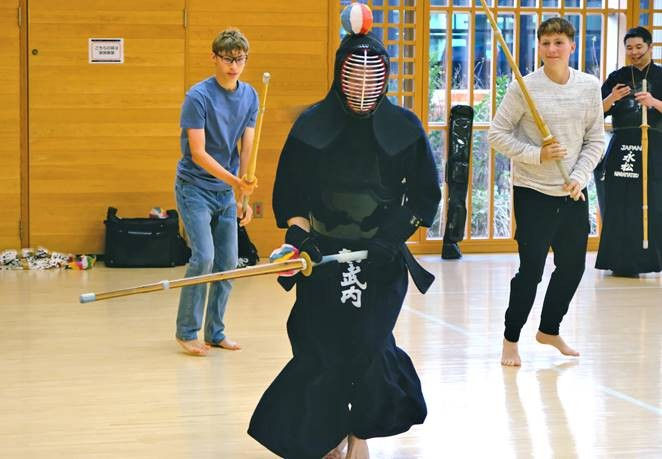First Peoples in Asia
- SEE Team

- Aug 1, 2023
- 2 min read

The injustice, disenfranchisement, and dispossession endured by Australia & First Nations peoples, have also long plagued numerous minority groups across Southeast Asia. For Australian students aware of the issues faced by Indigenous peoples in their own country, journeys to these distant Asian regions can provide a broader understanding of reconciliation, respect, and issues that affect First Peoples in a global context.
Two-thirds of the world’s indigenous peoples are estimated to live in Asia; this is approximately 260 million people, representing some 2,000 distinct civilisations and languages. The different terms used to refer to such people at the national level ranges from “hill tribes” and “indigenous nationalities”, to “tribal peoples” and “ethnic minorities” and testify to the variety of their experiences in the region.
Yet, such diversity notwithstanding, the situation of these peoples shows some important commonalities with that of the experience of Australia’s Indigenous peoples. Similar challenges exist, stemming from history and the impact of settler and colonising groups, which continue to have cultural, social, economic, and political dimensions today.
A tall high school boy standing next to an indigenous woman, who is half his height.
The fact that indigenous peoples continue to be among the poorest of the poor, even though sustained growth and poverty reduction efforts have significantly contributed to declining poverty rates for broader populations across Asia at least, is a stark reminder of the unique challenges faced by indigenous women and men the world over. Leading ethical tourism practices and establishing genuine partnerships with such communities who seek to share their experiences with visitors, is one way in which we can contribute to sustainable economic development and building respectful relationships in the countries where we work.
A girl wearing a red t-shirt and gloves helping a man laying down tree bark. Another girl perches behind them to help.
As in Australia, countries such as Cambodia, Laos, Thailand, China, Vietnam and surprisingly to many, Japan, continue their struggle to address historical injustices and to close the gap between indigenous and non-indigenous people. Whilst some of these nations have been quite successful in educating their young people about the history of their own country so they can develop an understanding of cultural differences and respect for diversity, other nations continue to struggle in this pursuit.
For schools looking for original and immersive experiences in Cambodia, Laos, Thailand, China, Vietnam, or Japan, please contact Student Educational Experiences about the range of programs we can offer your students on a carefully planned and inexpensive immersion trip to Asia.






